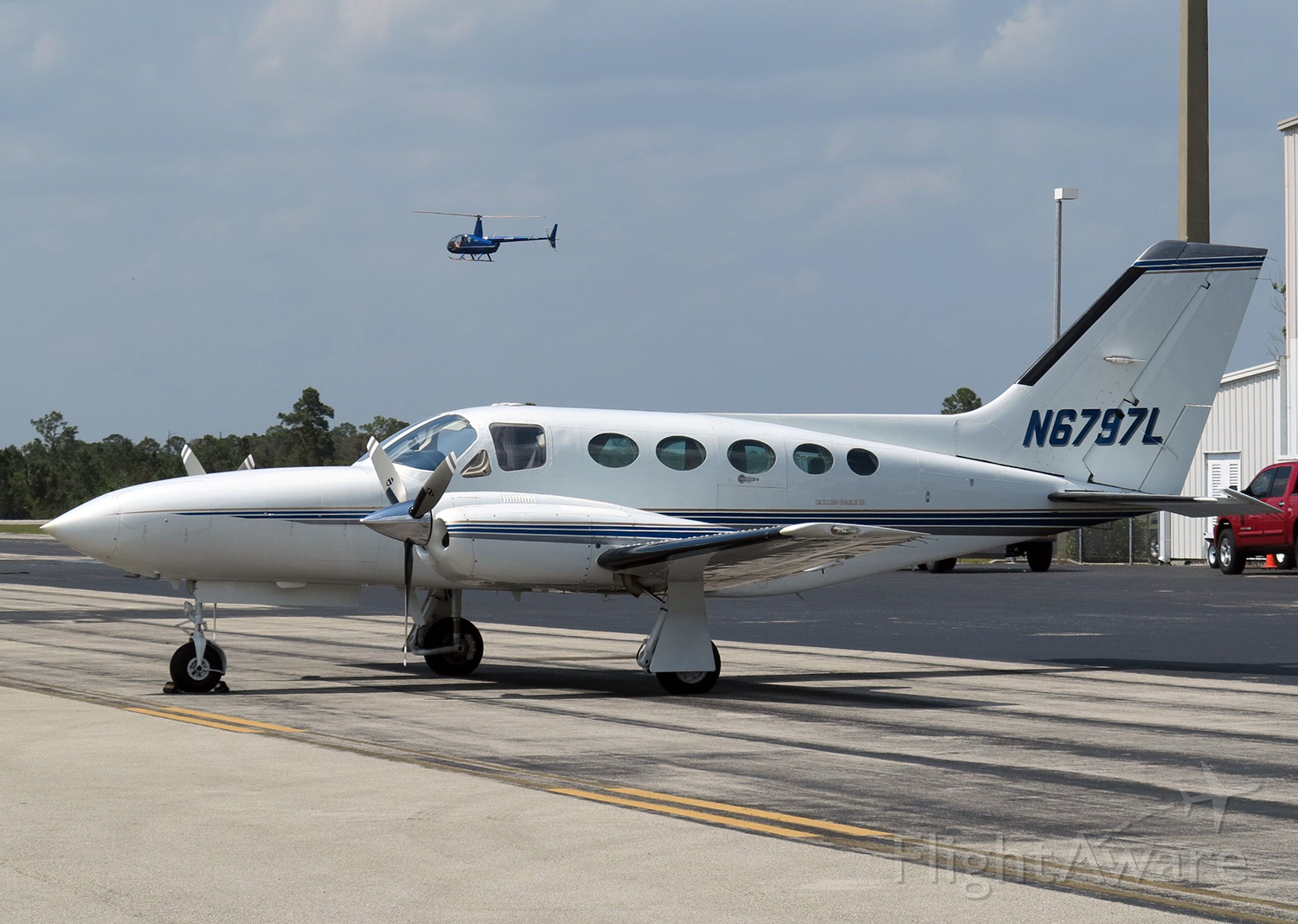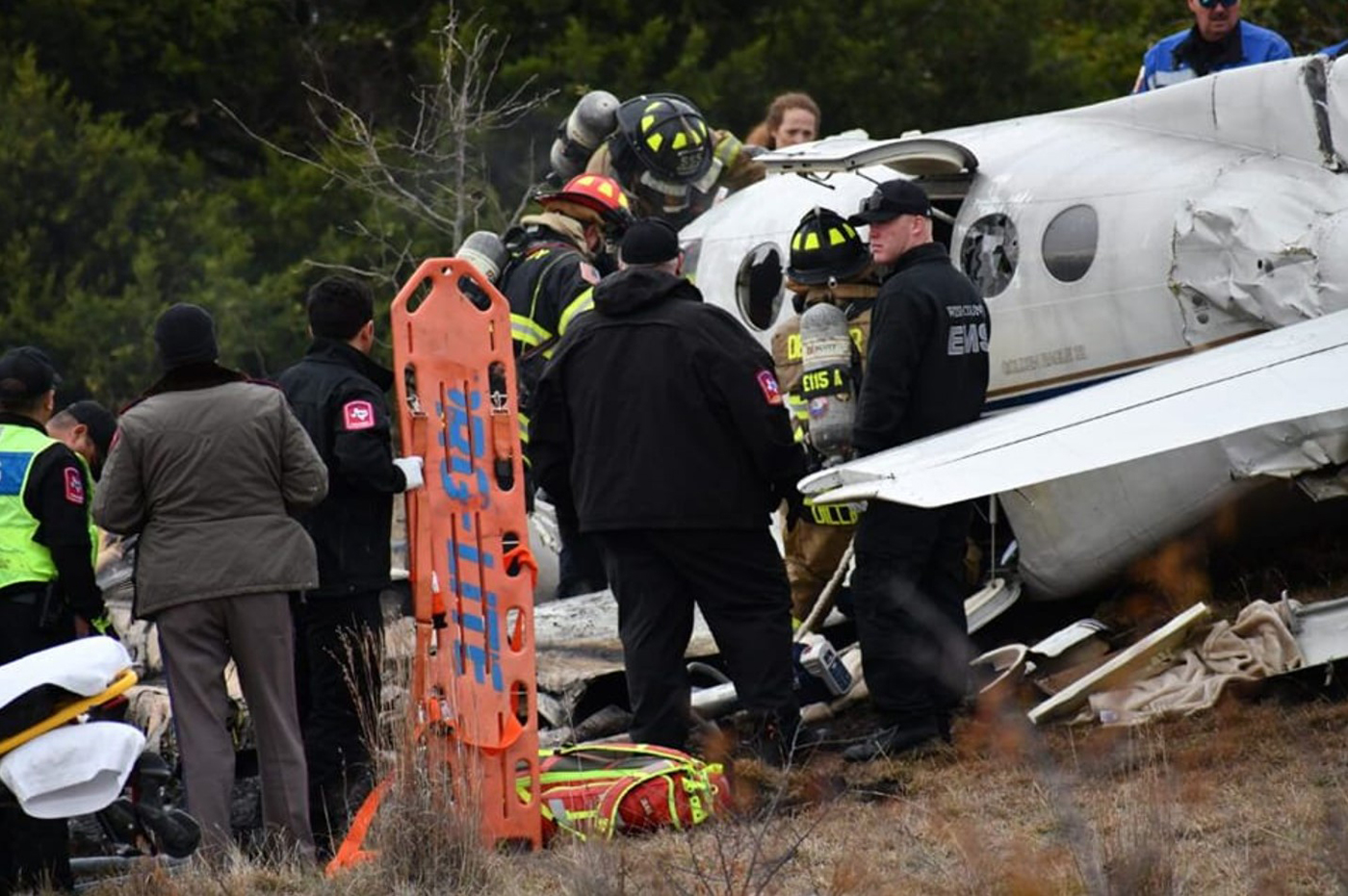Crash of a Cessna 421C Golden Eagle III in Decatur: 1 killed
Date & Time:
Nov 18, 2022 at 1510 LT
Registration:
N6797L
Survivors:
No
Schedule:
Denton – Decatur
MSN:
421C-1050
YOM:
1981
Crew on board:
1
Crew fatalities:
Pax on board:
0
Pax fatalities:
Other fatalities:
Total fatalities:
1
Circumstances:
The twin engine airplane departed Denton Enterprise Airport runway 36 at 1459LT and continued to the west at an altitude of 2,000 feet. Eight minutes later, the pilot initiated a left hand circuit to land at Decatur Airport. While descending on final, the speed decreased and the airplane crashed nearby a wooded area located 6 km short of runway 35. The aircraft was destroyed and the pilot, sole on board, was killed.


